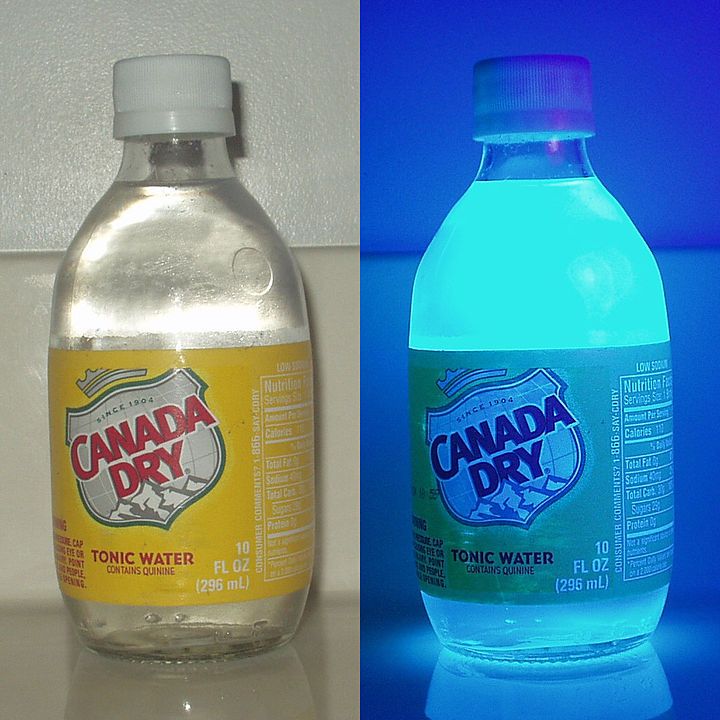Tonic Water Contains Quinine. Quinine has been used for centuries to treat Malaria.
Quinine is a bitter compound that comes from the bark of the cinchona tree. The tree is most commonly found in South America, Central America, the islands of the Caribbean, and parts of the western coast of Africa. Quinine was originally developed as a medicine to fight malaria. It was crucial in reducing the death rate of workers building the Panama Canal in the early 20th century.
Quinine, when found in small doses in tonic water, is safe to consume. The first tonic waters contained powdered quinine, sugar, and soda water. Tonic water has since become a common mixer with liquor, the most well-known combination being gin and tonic. The U.S. Food and Drug Administration (FDA) allows tonic water to contain no more than 83 parts per million of quinine, because there can be side effects from quinine.
Today, people sometimes drink tonic water to treat nighttime leg cramps associated with circulatory or nervous system problems. However, this treatment is not recommended. Quinine is still given in in small doses to treat malaria in tropical regions.
This St. Louis chiropractor’s video recommending viewers drink tonic water and take zinc during the coronavirus outbreak is racking up millions of views, but medical doctors caution the combination is likely ineffective.
H/T Bill Schmitz



